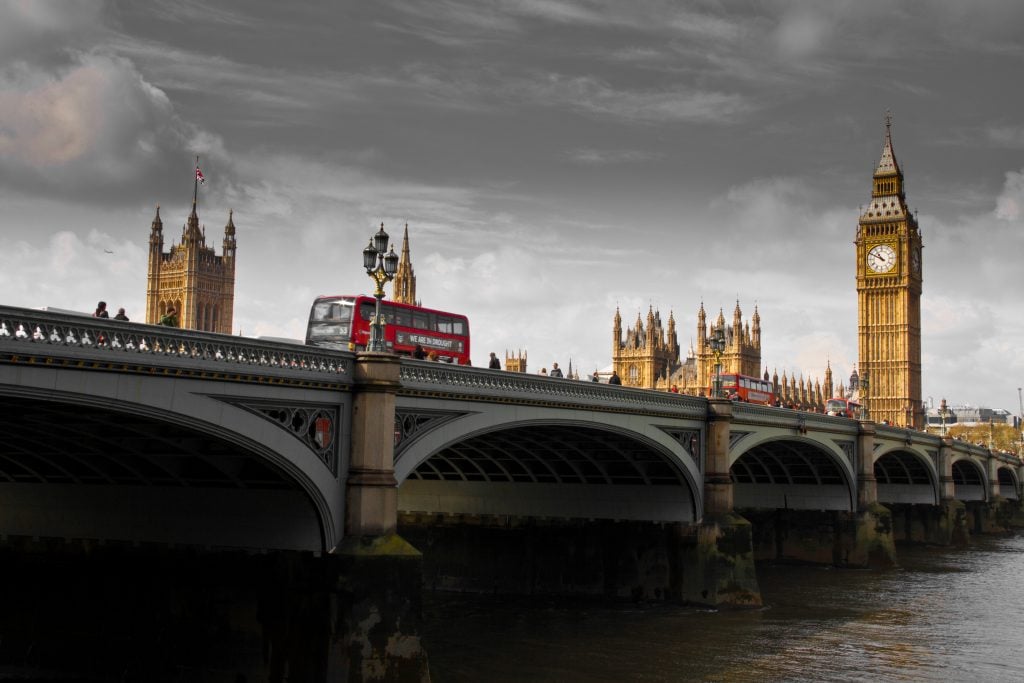In brief
Since the end of the Brexit transition period on 31 December 2020, there has been significant uncertainty regarding the practical application of the UK’s international commitments (in particular, under the EU-UK Trade and Cooperation Agreement) on subsidy control. However, on 30 June 2021, the Government outlined its main legislative proposals for a new UK subsidy control regime. It introduced its long-awaited Subsidy Control Bill (the Bill) to Parliament, published a number of policy papers and provided a response to the public consultation that ran from 3 February to 31 March this year. The Bill is intended to come into effect in 2022, with the Government expected to publish secondary legislation and further guidance for public authorities over the next few months.
Key takeaways
The Government proposes the following aspects for the new subsidy control regime:
- The Bill includes a new definition of subsidies and seven subsidy control principles (against which most subsidies will need to be assessed), and it identifies certain categories of automatically exempt or automatically prohibited subsidies.
- A new, independent Subsidy Advice Unit (SAU) will be created within the Competition and Markets Authority (CMA). The SAU will have responsibility for monitoring the effectiveness of the new regime and preparing advisory reports for public authorities on the compliance of proposed subsidies. The SAU’s advisory function is significantly more limited than the enforcement role of the European Commission under the EU State aid rules.
- The Government intends for public authorities to be able to self-assess the compliance of the vast majority of subsidies, either against the subsidy control principles or, for low-risk categories of subsidies, certain “streamlined” criteria (not yet published).
- For subsidies that are more likely to have negative effects, the Government proposes the introduction of voluntary or mandatory (depending upon the risk level) processes for public authorities to obtain non-binding advice from the SAU on how the authority’s assessment of compliance and the design of the subsidy might be improved.
- The Government will have (i) a “call-in” power to require public authorities to seek advice from the SAU and (ii) a power to refer subsidies to the SAU for a compliance review even after they have been granted.
- A process will be introduced for interested parties and the Government to challenge subsidy decisions in the Competition Appeal Tribunal (CAT) on judicial review grounds. The CAT will have the power to order the recovery of non-compliant subsidies.




